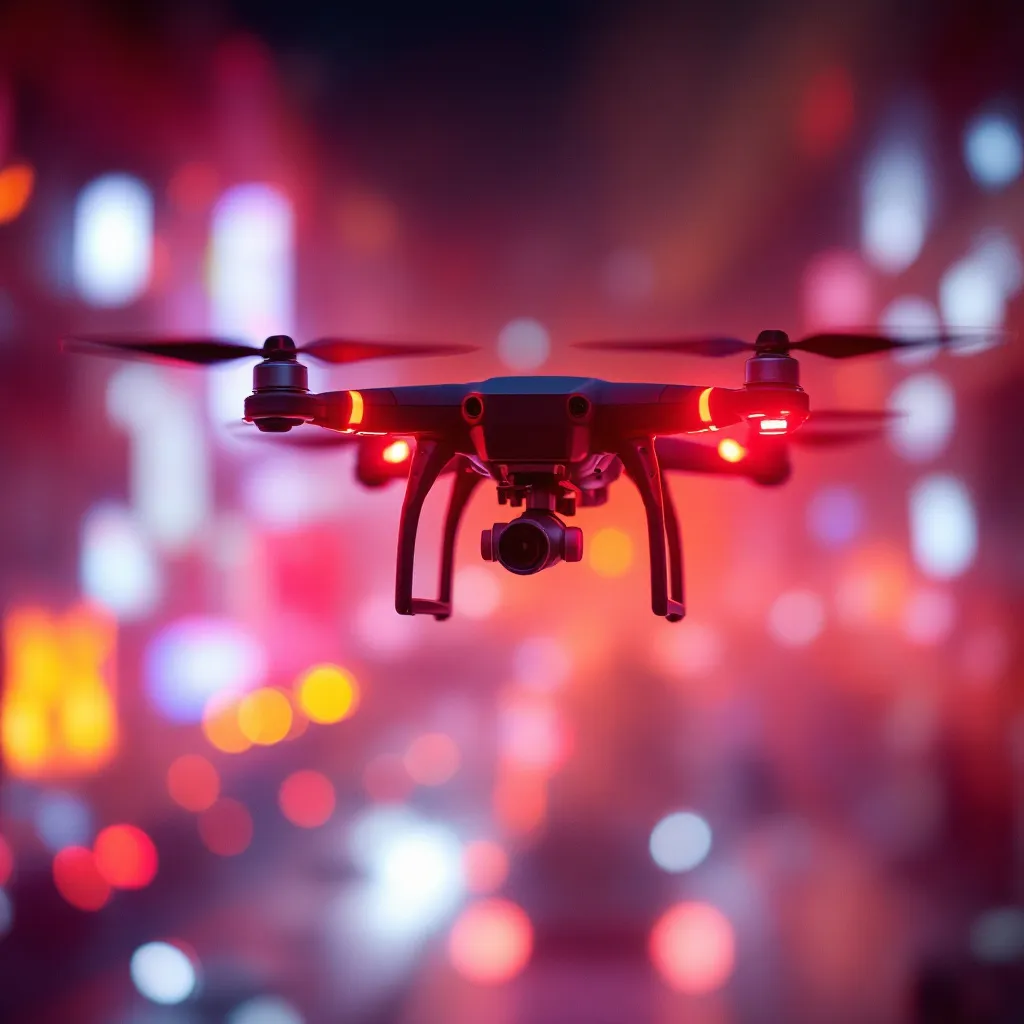
Introduction
The world of aerospace has always been at the forefront of technological advancement. From the Wright brothers’ first flight to launching reusable rockets into space, aerospace innovations have continually pushed the boundaries of what’s possible. Today, this field is experiencing an accelerated era of change driven by advancements in materials, propulsion, artificial intelligence, and sustainable technologies.
This article explores the most significant aerospace innovations reshaping aviation and space travel. We’ll examine breakthroughs in commercial aviation, defense, satellite technology, and the rise of private space companies—while also addressing the challenges and future possibilities of the aerospace industry.
What Are Aerospace Innovations?
Aerospace innovations refer to new technologies, systems, or processes that improve or revolutionize how aircraft and spacecraft are designed, built, and operated. These innovations can include:
-
Cutting-edge propulsion systems
-
Next-generation aircraft materials
-
Automation and artificial intelligence
-
Sustainable aviation fuels
-
Reusable space launch systems
-
Supersonic and hypersonic travel
In essence, aerospace innovation aims to make flight safer, faster, more efficient, and more accessible for both civilian and military purposes.
Key Aerospace Innovations in Aviation
1. Sustainable Aviation Fuel (SAF)
One of the most impactful innovations in recent years is the development of sustainable aviation fuel. Made from renewable resources like used cooking oil, algae, or agricultural waste, SAF can significantly reduce greenhouse gas emissions.
Major airlines and manufacturers are investing in SAF to help meet global carbon neutrality goals. According to IATA, sustainable aviation fuel could contribute up to 65% of the reduction in emissions needed by aviation to reach net-zero by 2050.
2. Electric and Hybrid-Electric Aircraft
Another game-changing innovation in aerospace is the rise of electric and hybrid-electric propulsion systems. Companies like Rolls-Royce, Airbus, and ZeroAvia are testing small aircraft powered entirely or partially by electricity.
These aircraft promise reduced operational costs, lower emissions, and quieter flights—particularly beneficial for short-haul and regional travel.
3. Advanced Aerodynamics and Lightweight Materials
Modern aircraft are benefiting from carbon composites, titanium alloys, and other lightweight, high-strength materials. These materials allow for more efficient aerodynamics and reduced fuel consumption.
In addition, innovations in wing design, such as morphing wings and blended wing-body configurations, are improving flight efficiency and stability.
4. Autonomous and AI-Driven Systems
The integration of artificial intelligence and machine learning in aerospace is enabling semi-autonomous aircraft, predictive maintenance, optimized flight paths, and enhanced air traffic management.
AI is also playing a crucial role in reducing human error in cockpit operations and accelerating aircraft design through digital twins and simulations.
Space Exploration and Aerospace Innovations
1. Reusable Rockets
A defining innovation of the modern space era is the reusable rocket. Led by companies like SpaceX and Blue Origin, reusable rockets drastically reduce the cost of space access.
SpaceX’s Falcon 9 and Starship systems have already proven that landing and reusing boosters is possible, bringing commercial space travel closer to reality.
2. Small Satellite Technology
Miniaturization has revolutionized satellite technology. CubeSats and microsatellites are low-cost, small satellites used for communication, Earth observation, weather monitoring, and scientific research.
Companies like Planet Labs and Spire Global are launching constellations of small satellites that offer near real-time data globally.
3. Deep Space Missions and Interplanetary Travel
NASA’s Artemis program aims to return humans to the Moon and prepare for Mars exploration. These missions require innovative solutions in life support systems, radiation shielding, and propulsion, like nuclear thermal propulsion.
4. Space Tourism and Commercial Flights
Aerospace innovation is also enabling the rise of space tourism. Companies like Virgin Galactic and Blue Origin are offering suborbital flights to private customers, creating a new niche in the commercial aerospace sector.
Military Aerospace Innovations
1. Hypersonic Weapons and Aircraft
Hypersonic technologies—vehicles that can travel over Mach 5 (five times the speed of sound)—are under rapid development for military use. These include both glide vehicles and cruise missiles that can evade traditional defense systems.
2. Stealth and Next-Gen Fighters
Modern stealth aircraft like the F-35 Lightning II are equipped with radar-absorbing materials, advanced avionics, and AI-assisted flight capabilities. The U.S., China, and Russia are also developing sixth-generation fighters with improved stealth, speed, and electronic warfare tools.
3. Unmanned Combat Aerial Vehicles (UCAVs)
Uncrewed systems like drones and UCAVs are now integral to military strategy. Innovations in swarming technology, autonomous targeting, and high-altitude long-endurance (HALE) capabilities are advancing rapidly.
Commercial and Urban Air Mobility (UAM)
1. Flying Taxis and eVTOLs
Urban air mobility is closer than ever thanks to electric vertical takeoff and landing (eVTOL) aircraft. Companies like Joby Aviation, Lilium, and Archer are developing flying taxis to revolutionize urban transport.
eVTOLs offer on-demand air travel within cities, promising to reduce traffic congestion and improve connectivity.
2. Supersonic Travel Returns
Supersonic flight may return to commercial aviation through aircraft like Boom Supersonic’s Overture, which aims to cut long-haul flight times in half while using sustainable fuels and meeting noise regulations.
Challenges in Implementing Aerospace Innovations
While progress is rapid, the aerospace industry faces several challenges:
-
High Development Costs: Aerospace R&D requires significant investment, which can limit accessibility for smaller players.
-
Regulatory Approvals: New technologies must pass rigorous safety and environmental certifications.
-
Infrastructure Limitations: Airports, airspace management, and launch facilities must adapt to new aircraft types and frequencies.
-
Environmental Concerns: As air traffic increases, sustainable solutions become more urgent to address climate change.
The Future of Aerospace Innovation
As we look ahead, several trends will likely define the next era of aerospace:
-
Autonomous Spacecraft capable of performing deep space exploration without human intervention
-
Quantum Communication Satellites for ultra-secure global communication
-
Space-Based Solar Power Stations to provide clean, renewable energy to Earth
-
Interplanetary Transport Systems for travel to the Moon, Mars, and beyond
With continuous investment and global collaboration, these once-distant visions are now within reach.
Conclusion
Aerospace innovations are not only redefining how we travel across Earth but also how we explore the universe. From electric aircraft and reusable rockets to AI-assisted flight systems and space tourism, the future of aerospace is dynamic, sustainable, and full of potential.
As these technologies mature, they promise to bring about safer skies, greener transportation, and new frontiers for humanity. For stakeholders across aviation, defense, research, and commercial space, staying ahead in aerospace innovation is no longer optional—it’s essential.





